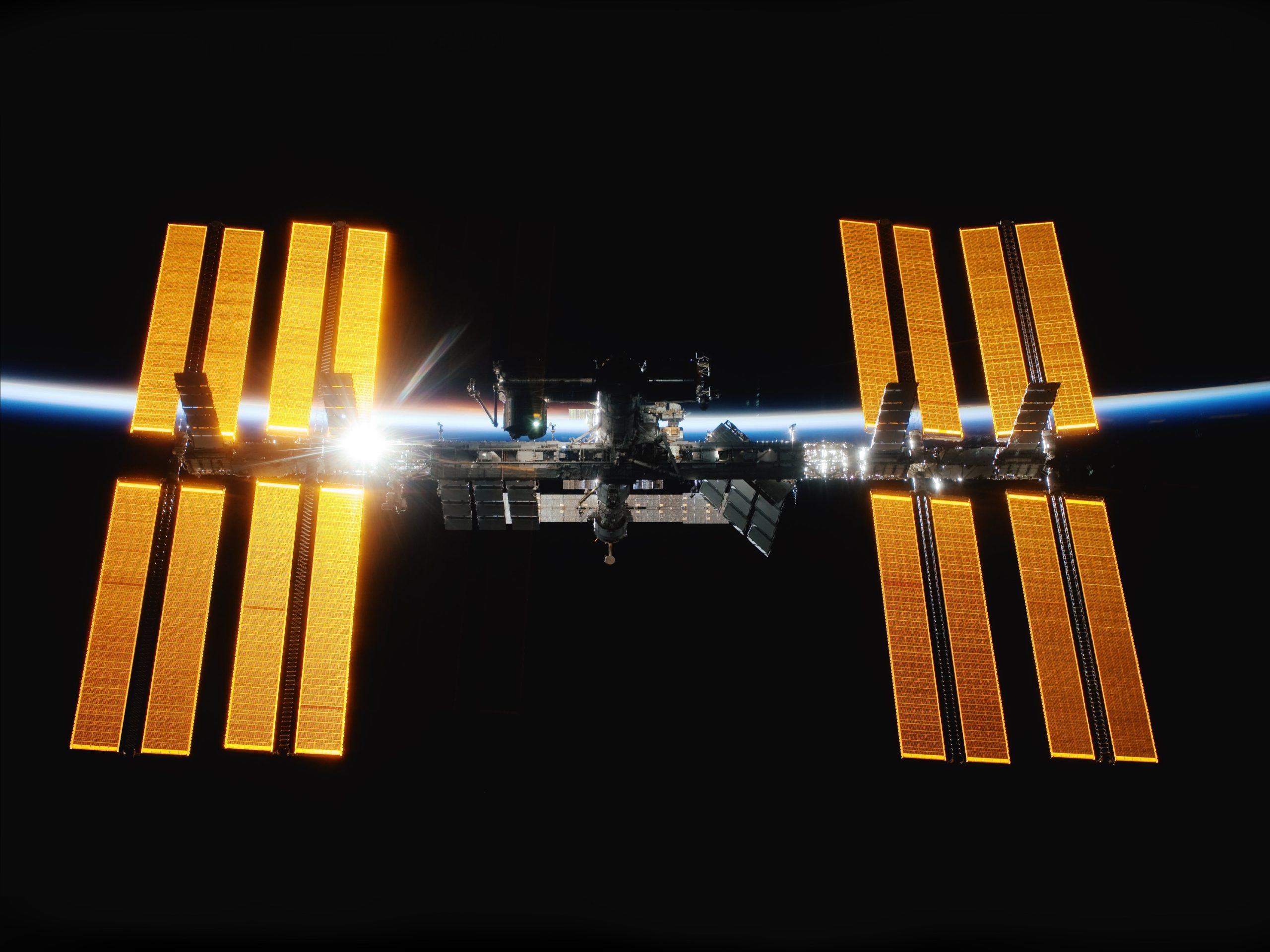Introduction to the Interplanetary Construction Box
The Interplanetary Construction Box (ICB) is a revolutionary new spacecraft design that could help pave the way for future interplanetary journeys. The ICB is a small, lightweight, and highly efficient spacecraft design that can be easily launched into space using a minimal amount of fuel. The ICB was designed by students from the University of Southern California’s VEX Robotics Team.
The ICB has several key features that make it unique andrevolutionary. First, the ICB is incredibly lightweight, making it one of the most efficient spacecraft designs available. Second, the ICB uses a modular design which allows for easy modification and expansion as technology improves. Finally, the ICB features a unique wing configuration that allows it to fly in multiple directions simultaneously.
Despite its many advantages, there are still some challengesfacing the development of the ICB. For example, the aircraft’s wings are very flexible and require extensive testing before they can be used in an actual spacecraft. Additionally, developing an accurate control system for such a versatile aircraft is still challenging. However, with continued research and development,the ICB may eventually become an important part of future interplanetary missions.
How the ICB Works
The International Committee of the Red Cross (ICRC) has been working to develop a new type of space technology known as the Interplanetary Construction Platform (ICB). The ICB is a small, lightweight spacecraft that can be used to build and maintain settlements on other planets or moons.
The ICB was first developed in the 1990s as a way to allow humanitarian organizations to help refugees who are living in difficult conditions on Earth. However, over time the ICB has been adapted for use in space construction.
The ICB is made up of three main parts: the launch vehicle, the platform itself, and the payload. The launch vehicle takes the ICB into space and then launches it towards its destination. The platform is designed to be stable during its travels and can support a range of different types of habitats. The payload contains all of the tools and materials that will be needed to build or maintain a settlement on another planet or moon.
So far, tests have been successful in using the ICB to build small structures on Earth and in sending them into space. This technology has the potential to make it much easier for people to live on other planets or moons by allowing us to build permanent settlements without having to bring all of our equipment with us.
The Science Behind the ICB
As humans continue to explore the solar system, we are realizing just how much work remains before we can establish permanent outposts on other worlds. To get us there, we need a reliable and efficient way to transport people and materials between Earth and Mars.
One potential solution is the International Space Station (ISS). The ISS is a complex platform that utilizes three modes of transportation: launch, re-entry, and orbit. It was designed to be a long-term station that could be utilized as a stepping stone for human exploration of the solar system.
The ISS is made up of several modules, each with its own function. The Russian Orbital Segment (ROS) houses the majority of ISS hardware and hosts four guest labs: Japanese Laboratory Module 2 (JL2), European Laboratory Module 1 (ELM1), Columbus Laboratory Module 3 (CL3), and Zvezda Service Module 5 (ZSM5).
The American segment’s Canadarm2 robotic arm is used for maintenance, repairs, and payload transfers. The German segment’s Kibo laboratory supports science investigations in astronomy, earth sciences, plant biology, material physics and engineering. The Italian segment’s Leonardo laboratory conducts research in microgravity biotechnology and astrobiology. And finally the Japanese lab module supplies food storage areas, airlocks, living quarters for astronauts, as well as storage for spare parts for Roscosmos’ Soyuz spacecraft fleet.
Applications for the ICB
The International Consortium for Breakthrough Propulsion Physics (ICBPP) is a group of leading space experts from around the world who are working to develop new propulsion technologies that can take us to Mars. The group has developed a number of innovative concepts for space transportation, and its latest project is the development of an advanced propulsion system known as the Breakthrough Starshot.
Breakthrough Starshot is a tiny spacecraft that would be launched into deep space using powerful solar sail technology. Once it reaches its destination, the spacecraft would deploy a special light sail that would propel it forward at incredible speeds. By using this technology, Breakthrough Starshot could travel to Mars in just 20 years – much faster than any other method currently available!
This ambitious project has already received a lot of support from across the scientific community, and we expect that it will play a major role in paving the way for future interplanetary exploration. If everything goes according to plan, we could one day see humans travelling beyond our own planet – and perhaps even reaching Mars!
Conclusion
As we explore the solar system and beyond, we are relying on increasingly sophisticated technology. Technologies like 3D printing have made it possible to build large structures and vehicles in space, and Box-Builder is leading the way in bringing this technology to Earth. By using a modular construction system that can be easily transported and assembled onsite, Box-Builder is helping us build the infrastructure needed for future human exploration – paving the way for Martian colonies and even interplanetary travel.




